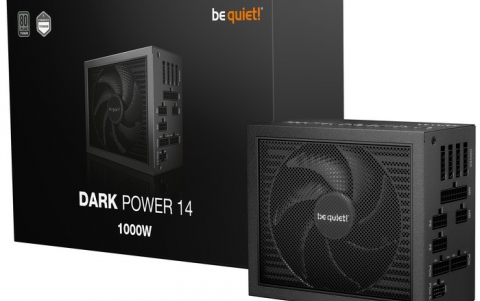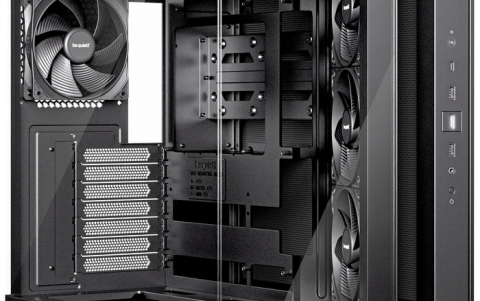Point Of View 6200 TC
2. Features-TurboCache
| Main Features | |
| GPU | Nvidia 6200 - NV44 |
| Memory Brand/Model | Samsung K4D261638F-TC36 (3.6ns) |
| Memory Type | 64 MB(potential 256MB) 128-bit DDR |
| Engine Clock Speed | 350MHz |
| Memory Clock Speed | 275MHz |
| Memory Bandwidth | 12.4 GB/sec |
| Pixel Pipelines | 4 |
| Vertex Pipelines | 3 |
| Fill rate | 1.4 Giga pixels/sec |
| DX Support | 9.0 |
| OpenGL Support | 1.5 |
| Output | VGA / DVI-I / D-Sub |
| Bus | PCI-Express x16 |
| Processing technology | 0.11 micron |
The 6200TC is aimed directly at the entry level market so there's not much to expect in terms of features. The card is based on the latest Nvidia core, the NV44 chipset. The NV44 features 4 Pixel pipelines and 3 Vertex engines with a memory bus 128-bits wide.
 |
| The 3.6ns memory parts by Samsung |
The POV 6200 TC utilizes a set of Samsung K4D261638F-TC36 memory modules able to run at 3.6ns, which give the card a total of 64MB physical memory. Even if 64MB might seem insufficient, especially for a brand new graphics card, this is not the case here. Since these 64MB will be mainly used as a buffer for the real memory, this amount will be more than enough. Let's see what this TurboCache technology is and why it's being promoted these days.
TurboCache
The problem in creating an entry-level graphics card is basically keeping the production costs as low as possible. Of course, all the capacitor and resistor costs are next to nothing and even the GPU's cost is under the control of the manufacturers. The problem in maintaining a low production cost is focused on the memory modules. No matter how cheap everything else gets, the memory required by a graphics card is always expensive. To solve that problem, both Nvidia and ATi have come up with their own separate but similar solutions.
The PCI-Express architecture offers double the bandwidth that AGP could and most importantly, that high transfer speed is available bidirectionally between the system bus and the graphics card. So why let all this new available bandwidth go to waste?
TurboCache is the name of Nvidia's solution. It utilizes the bandwidth of the bus to simulate extra graphics card memory using your computer's physical memory. As a result a TC graphics card can even operate with only 16Mb of local memory which needs to be used as a buffer. The TC architecture at this case would provide the card with an extra 128MB RAM of virtual memory.
All the latest Nvidia drivers now have a hidden feature for TC cards, the TurboCache Manager (TCM). Whenever your graphics card demands more memory for storage, TCM allocates the needed memory and also keeps track of where all that data is located. As soon as your game or application exits, TCM once again releases the memory to become available for system use.
 |
 |
| 6200 | 6200TC |
TurboCache is achieved through some hardware changes in the core. The yellow rectangles on the right on the picture above, indicate the changes made on the NV44. What's most important is the addition of an MMU (Memory Management Unit) circuit. All memory requests are now passed through the MMU which decides if the address exists on local memory or the physical memory of the computer. It then performs the read or write depending on the kind of request.
One last thing to note here about the POV 6200 TC is that in order to allocate the 256MB it supports, it needs at least 512MB of physical memory.
CineFX 3.0 Engine
Powers the next generation of cinematic realism. Full support for Microsoft® DirectX® 9.0 Shader Model 3.0 enables stunning and complex special effects. Next-generation shader architecture delivers faster and smoother gameplay.
NVIDIA PureVideo Technology
The combination of the GeForce 6 Series GPU's high-definition video processor
and NVIDIA video decode software delivers unprecedented HD video, stunning
picture clarity, smooth video, accurate color, and precise image scaling for
all video content to turn your PC into a high-end home theater. This feature
requires
supported video software. Features may vary by product.
nView Multi-Display Technology
The nView hardware and software technology combination delivers maximum flexibility for multi-display options, and provides unprecedented end-user control of the desktop experience. NVIDIA GPUs are enabled to support multi-displays, but graphics cards vary. Please verify multi-display support in the graphics card before purchasing.
Digital Vibrance Control 3.0 Technology
Allows the user to adjust color controls digitally to compensate for the lighting conditions of their workspace, in order to achieve accurate, bright colors in all conditions.
OpenGL® 2.0 Optimizations and Support
Ensures the best performance and application compatibility for all OpenGL applications.
Microsoft® DirectX® 9.0 Shader Model 3.0 Support
Ensures top-notch compatibility and performance for all DirectX 9 applications, including Shader Model 3.0 titles.
High-Definition MPEG-2 Hardware Acceleration
Smoothly playback all MPEG-2 video with minimal CPU usage so the PC is free to do other work. Battery-life is extended when watching DVDs while running on battery. MPEG-2 is the standard format for DVDs, is accepted as a format for HD-DVD, and is also used for HD broadcast.

















